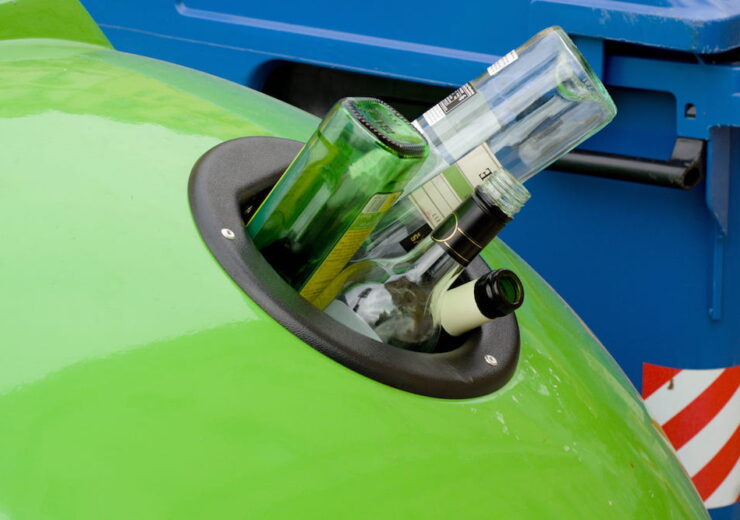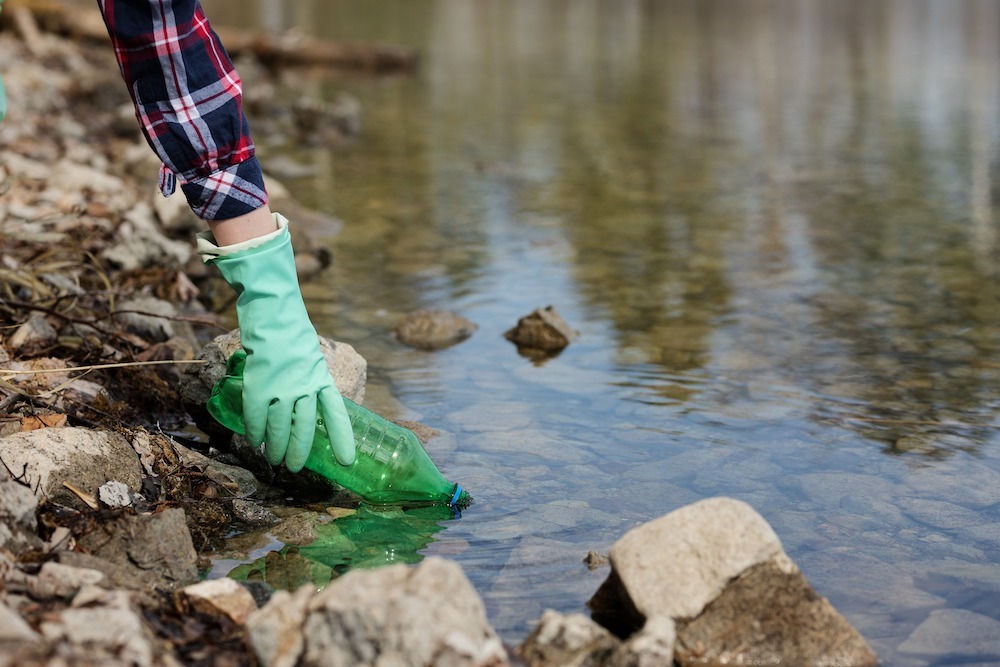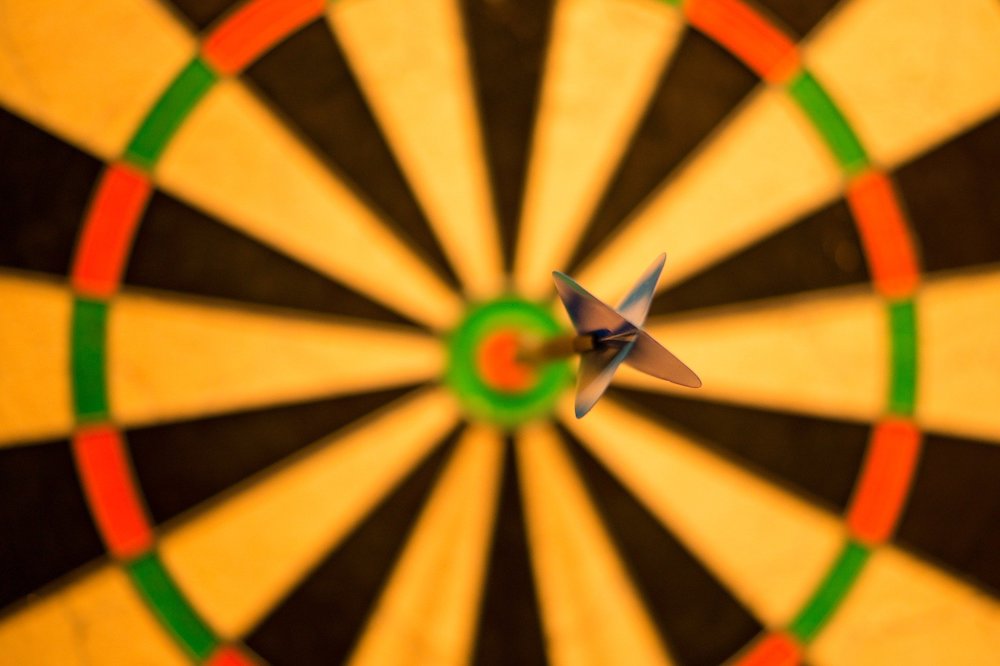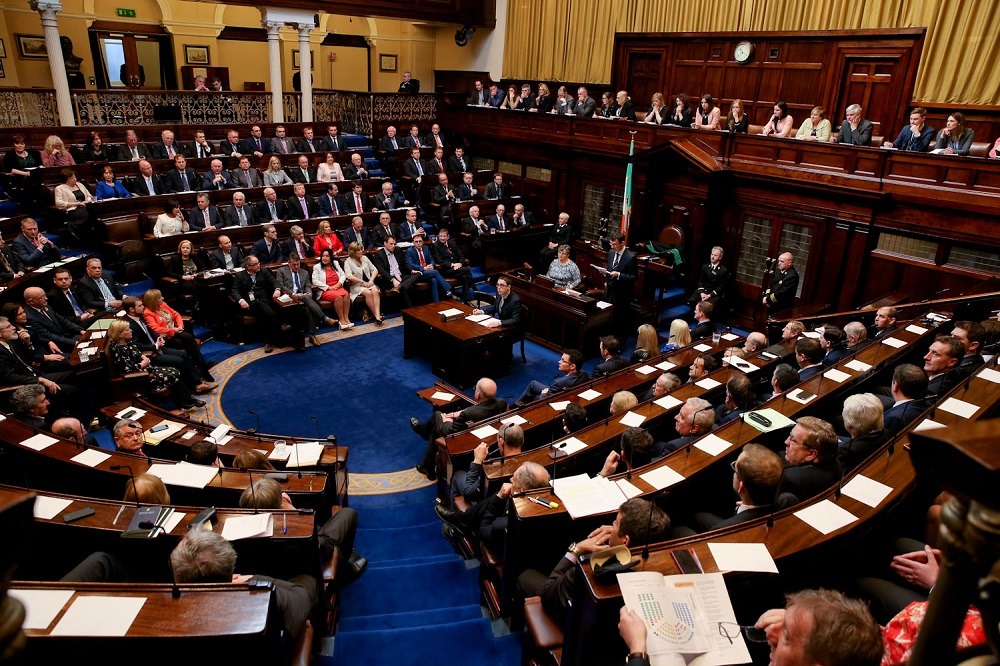Overall recycling rates in Ireland have seen a downward trend with 64% of packaging recycled in 2018 - compared with 74% in 2012

Ireland has met current EU requirements for some packaging material streams including particular glass, paper, and cardboard (Credit: PxFuel)
Recycling rates of packaging in Ireland are moving in the wrong direction, according to the country’s Environmental Protection Agency (EPA).
Figures published by the organisation show Ireland continues to generate significant amounts of waste packaging — which includes paper and cardboard, plastic, glass, wood, and metal — amounting to more than one million tonnes in 2018.
Although Ireland has met current EU requirements for some packaging material streams, including particular glass, and paper and cardboard products, there were also worrying trends.
Overall recycling rates have seen a downward trend with 64% of packaging recycled in 2018, compared with 74% in 2012.
This has coincided with an increase in the quantity of packaging sent for incineration and energy recovery in recent years.
Dr Eimear Cotter, director of the EPA’s Office of Environmental Sustainability, said: “To get the most from our resources in this area, we need to reduce packaging and reverse our falling recycling rates.
“Households and businesses can drive this change by avoiding over-packaged goods, which sends a strong signal back to producers to innovate for reduced packaging and reusable alternatives.
“We must also maximise recycling of the remaining materials, and waste collectors have a critical role here in ensuring their customers segregate correctly and use the appropriate bin.
“To support this, Ireland’s recycling list should, as a matter of urgency, be reviewed to expand the variety of waste types that can be recycled.”
Plastic packaging recycling rates in Ireland dropped for the third year in a row
In 2018, a quarter of waste packaging was plastic — with approximately 31% of this being recycled.
While this does exceed the current 22.5% EU target for plastic packaging recycling, the target is set to increase significantly to 50% in 2025 and 55% in 2030, which according to the EPA will be challenging for Ireland to meet.
The overall recovery rate for the material — which includes recycling, and incineration and energy recovery — was 95% in 2018.

The country’s 64% recycling rate of waste packaging also exceeds the current EU’s current 55% target.
However, the future recycling targets of 65% and 70%, which will apply from 2025 and 2030 respectively, will prove difficult to achieve.
Overall, approximately 214kg of waste was generated per person in 2018 — which includes 54kg of plastic, 25kg of wood, 12kg of metal, 34kg of glass, 86kg of paper and cardboard, and 2kg of textile packaging.
Circular economy key to improving recycling rates in Ireland
A key method for improving packaging recycling rates in Ireland is through the circular economy — a system where value products and materials are maintained for as long as possible.
Maximising the prevention, reuse, and recycling of packaging materials are seen as key elements to develop this.

Commenting on the figures, the EPA’s senior scientist Dr Tara Higgins said: “Each tonne of packaging releases greenhouse gases during the extraction of raw materials, manufacture, transport, and waste management process.
“The quantity of packaging waste generated needs to be reduced to bring about environmental and climate benefits.
The government’s forthcoming Waste and Circular Economy Action Plan provides an opportunity to set out concrete actions that will address the worrying trends highlighted in these figures and help Ireland meet challenging new EU targets in the coming years.”
What is the Waste for a Circular Economy Action Plan?
In December 2019, the Irish government opened two consultations investigating how to best implement a circular economy.
They were conducted alongside the country’s waste strategy, which will aim to tackle issues such as plastic, cigarette butts, and fast fashion.
Speaking at the time, Ireland’s then-climate action and environment minister Richard Bruton said: “We must radically change our wasteful use of precious resources which damages our climate and our environment and compromises our future.
“Key targets are plastic waste, food waste, single-use habits — from fast fashion to plastic straws – poor waste separation, and illegal dumping.
“We need to act now and we have identified 75 measures that can be quickly implemented.
“These include enforcing existing rules, encouraging audits and waste reduction targets, higher fees for difficult-to-recycle packaging, and bringing commercial vehicle tyres into the successful tyre recycling scheme.
“We may also introduce mandatory brown bin collections, ban bulky waste from landfill, place costs of cigarette butt clean-up on the tobacco industry, and expand the items allowed in the green bin.”

The consultation process, which was open from 30 December 2019 until 21 February 2020, covered a range of issues relevant to the development of a Waste Action Plan.
This included exploring measures to assist with achieving current and future EU targets while developing a more resource-efficient economy.
It received close to 280 submissions in response to the public consultation and has now commenced the process of examining the submissions in detail.
Alongside the launch of the public consultation process, a Waste Action Plan Advisory Group was also established to assist in drafting the action plan.
This will harness the potential and capacity of a broad range of sectors — including public, business, environmental, and social — to guide strategic thinking and decision-making in the preparation of this next iteration of the national waste policy.
As of the end of April, the advisory group has met on six occasions and discussed topics including the citizen engagement challenge, plastics and packaging policy, the deposit return scheme, market structure, food waste, and waste enforcement.
